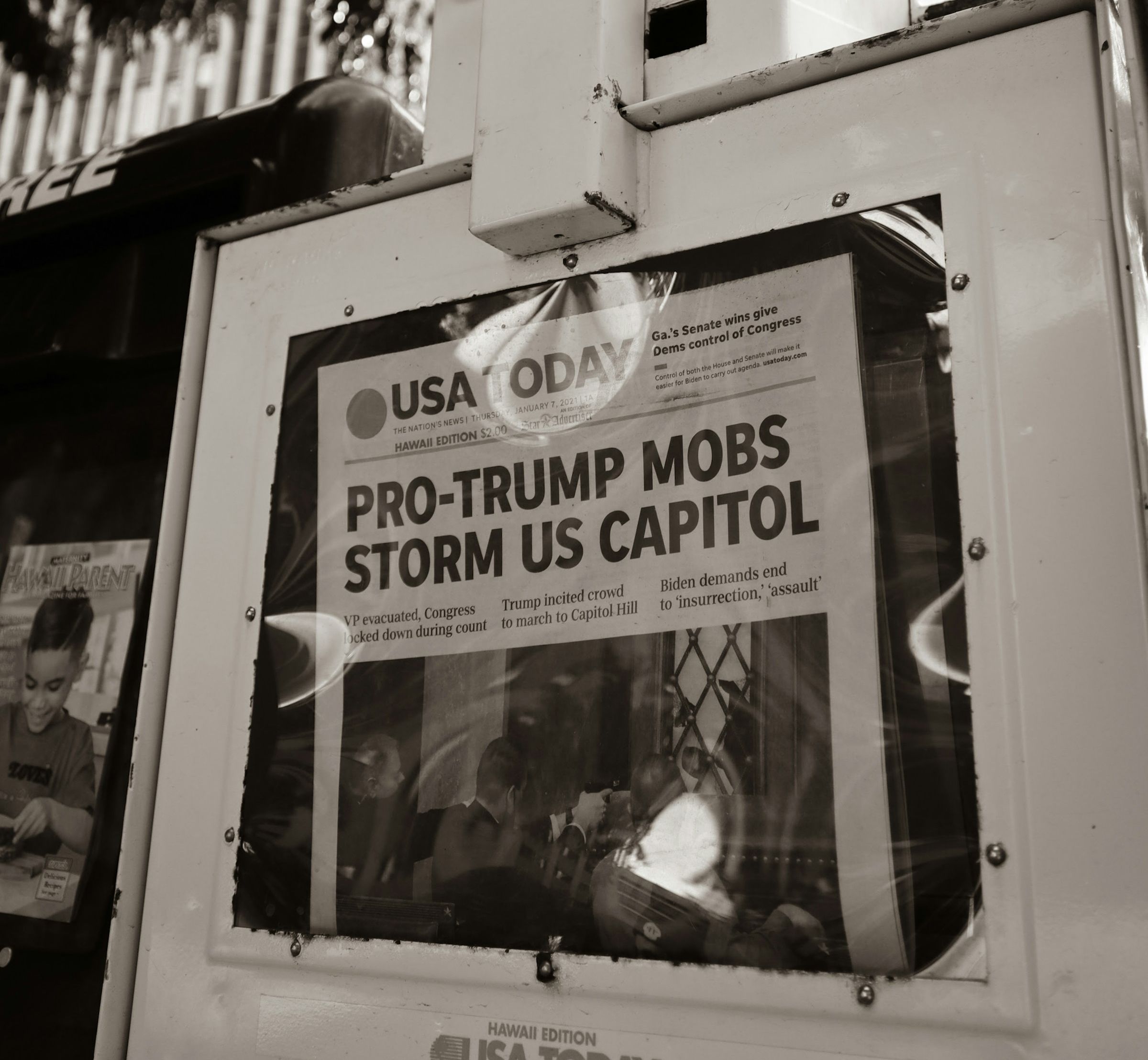Attack ads seduce leaders because they feel like action. They promise to seize attention, simplify a complex contest, and force a rival onto the defensive. On the surface, that energy looks like momentum. Yet the deeper accounting rarely happens in the first week of polling or the first quarter of sales. It appears later as a slow leak in trust, as audience fatigue that is hard to reverse, and as a heavier operating model that drags across future campaigns. Seen through that longer window, the central question is not whether attack ads can sting an opponent, but how they can backfire on the sponsor that launches them.
The first place the cost shows up is in the quality of attention. Negativity can widen reach, but it changes the composition of who enters your funnel. You do not just gain the curious and the undecided. You draw in the angry, the performative, and the occasionally engaged. Commercial teams understand that acquisition quality determines downstream economics. When outrage becomes the core creative currency, the work of turning attention into durable support becomes harder. More hours go into moderating comment storms, policing misinformation, and explaining context that should have been clear in the first place. That overhead does not vanish when the ad flight ends. It rolls forward into the next sprint, where the brand now carries extra friction that raises the cost of every subsequent message.
The second risk is the unintentional mobilization of the target’s supporters. In politics, negative ads strengthen identity lines and make fence sitters feel a duty to choose sides. In consumer markets, the same dynamics appear when a brand attacks a competitor. Shoppers who were previously indifferent decide to reward the brand that seems unfairly maligned. The key effect is not only sympathy. It is memory. The attacked brand gains free salience and inherits a moral frame that suggests it stood up under pressure. Even if the attacker enjoys a momentary bump in recall, the rival’s organic mention share grows without having to pay for it. The attacker has, in effect, funded the other side’s awareness.
A third and more subtle backfire is message lock in. Once a campaign makes the opponent the center of the story, the attacker’s own offer becomes a secondary character. Pricing moves sound reactive. Product choices feel like counterpunches. Even hiring and investor narratives start to reference the other side too often. Leaders often believe this posture is temporary. In practice it becomes sticky. Sales teams learn to pitch by comparison rather than by conviction. Product managers frame roadmaps as gaps to close rather than as promises to fulfill. The organization forgets how to speak in its own voice without a foil, and that amnesia reduces strategic freedom when market conditions change.
Cultural context intensifies these effects. In the United States, voters and consumers are accustomed to hard edged comparative messaging, shaped by primary cycles and a long tradition of oppositional ads. Saturation dulls sensitivity, but it also raises the standard of proof. The burden of credibility sits heavier on the attacker, not lighter. In the United Kingdom, audiences generally punish what feels gratuitously negative with a faster credibility downgrade, which means the trust penalty arrives sooner and lasts longer. In the Gulf, direct confrontation is often coded and channeled through institutions. Brands that import combative American templates into MENA markets risk breaking unwritten norms around respect and face. The cost is felt socially, not only legally, and the repair work is slower because it involves community standing as much as brand metrics. Regional nuance is therefore not a decorative consideration. It is the operating terrain on which the tactic will either stall or collapse.
Digital platforms add another layer to the boomerang. Algorithms amplify content that generates swift interaction, and negativity reliably delivers that surge. Yet the same mechanics create problematic adjacency. The ad travels alongside content that a cautious legal team would never approve for paid placement. Audiences do not separate the ad from its neighbors as cleanly as a media plan suggests. The surrounding feed becomes part of how the ad is remembered. Over time, media buyers work harder to avoid unsafe contexts, legal teams demand thicker disclaimers, and creative teams find their range narrowed by internal caution. A tactic designed to feel sharp gradually narrows a brand’s future creative options. The long tail of that constraint rarely appears in dashboards, but it shapes the culture inside the team.
Measurement windows can also trick decision makers. If the only lens is the immediate spike in search, mentions, and unaided recall, attack ads look like productive spending. Longer windows tell a different story. The slope of second touch engagement matters more than the height of day one. If people come back on their own, the story is compounding. If they do not, the initial spike was noise. Open ended brand association responses reveal whether positive meaning is taking root or whether the ad merely stirred emotion without leaving a durable reason to believe. Cohort conversion curves between first and third touch add one more angle. If momentum fades across touches, the campaign is provoking reaction rather than building commitment. Negative work often underperforms on these curves, which only becomes clear when teams commit to measuring beyond the first burst.
The economics of making and defending negative work deepen the problem. Attack ads require more disclaimers, more fact checking, and more cycles with legal and compliance. Schedules stretch, budgets allocate more to contingency, and media plans hold reserves in case of platform pushback or public complaints. The direct cost is visible, but the larger cost is opportunity. Every hour spent refining a jab is an hour not spent refining a promise. In markets where category leadership is built through product design and service quality, the attacker risks falling behind in the only race that compounds. Six months later, the short term win has faded, and the design disadvantage remains.
Internal governance absorbs these signals. When leaders greenlight attack work, they broadcast what is prized inside the organization. Teams learn that opponent monitoring is valued, that minimizing legal risk is an art of its own, and that short term scoreboard wins outrank long term narrative health. Those signals shape who gets hired and promoted. The company attracts tacticians who are skilled at finding vulnerabilities and building controversy loops. It underhires builders who can extend product truth and sharpen customer value. Culture shifts to feed the ads, rather than the ads serving the strategy. Even if no one writes this down, people infer it from what is approved and celebrated.
None of this implies that all negative communication fails. There are contexts where disciplined comparative work helps buyers choose. In B2B categories, a clinical feature by feature contrast can aid committees that must justify decisions with rational evidence. In civic campaigns, accountability work that names tradeoffs cleanly can guide public attention to material issues. The difference is intent and craft. If the work is designed to injure, it tends to damage the attacker. If the work is designed to illuminate, it can sharpen understanding without poisoning the well. Tone and structure matter. Technical comparisons that keep the protagonist as your own value, that avoid theatrical accusation, and that resist personal insult perform far better than broadsides that exist mainly to provoke.
Strategy leaders who operate across multiple markets should therefore resist the urge to import a single template. What works in a saturated American media environment will not necessarily translate to British sensibilities or to Gulf expectations around respect and institutional voice. The safest default is to define briefs around audience friction rather than around adversaries. Ask where confusion lives in the category, which barrier truly blocks adoption, and what proof would remove that barrier. Direct creative energy toward clarity and promise rather than toward insult. Reform measurement so that teams weight the curves that reflect compounding trust, not only the peaks that reward provocation. Ask legal to protect clarity rather than to minimize liability alone. Fund formats that reward depth and replay rather than those that only reward velocity.
The human temptation to punch back will not disappear. Leaders feel it most when a rival lands a blow and the team wants to show strength. The more disciplined move is to turn the market’s head by stating your own conviction so plainly that comparison becomes unnecessary. If a contrast is required, make it once, make it clinical, and return quickly to your own promise. Brands that win future cycles will be the ones that conserve trust and invest in meaning, not the ones that harvest reactions. The overlooked truth is that attack ads do more than harm reputation. They rewrite how an organization operates. That rewrite is expensive, it compounds invisibly in the culture and the process, and it lingers long after the ad comes down.











.jpg&w=3840&q=75)



